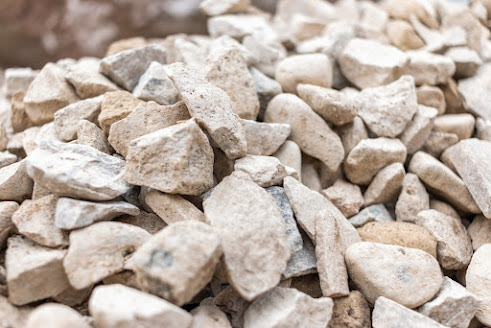Limestone Lore: Legends, Myths, and Cultural Significance of a Rock Marvel
Limestone, a majestic rock with a rich history, has captured the imagination of civilizations throughout the ages. Steeped in myth and legend, this sedimentary rock has held cultural significance in diverse societies worldwide. From ancient temples to towering cathedrals, limestone has been employed as both a construction material and a canvas for intricate carvings and artwork.
In numerous cultures, limestone has been the subject of fascinating myths and legends. In ancient Greece, it was associated with purity and the divine, often used to sculpt statues of gods and goddesses. The Pyramids of Egypt, one of the Seven Wonders of the World, were constructed using limestone blocks, believed to be symbolic of the pharaohs' eternal afterlife journey. Beyond ancient civilizations, limestone finds its place in folklore, connecting tales of ancient sea creatures turned to stone and mysterious caverns inhabited by otherworldly beings.
As civilizations flourished, limestone became a pivotal material in architecture and art. The intricate carvings of Khajuraho in India, the delicate reliefs of Angkor Wat in Cambodia, and the majestic Parthenon in Athens are all testament to limestone's versatility and enduring beauty. Its widespread use can be attributed to its ease of carving when first quarried, its relative abundance, and the timeless elegance it lends to structures.



.png)
Comments
Post a Comment